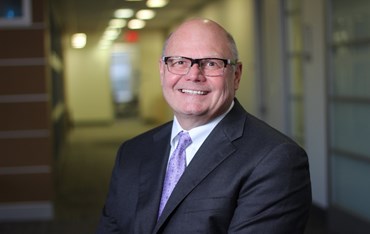Q&A: LAN President’s take on fixing Houston (Source: Houston Chronicle)
Wayne Swafford took the helm of Lockwood, Andrews & Newnam in March, less than a year after joining one of Houston’s oldest and largest engineering firms.
In his 30 years of civil engineering experience, Swafford worked at Kaiser Foundation Health Plan based in Oakland, Calif., AECOM technology based in Los Angeles and Teng & Associates based in Chicago.
As the new president of LAN, Swafford oversees more than 350 employees, including 150 locally, who work on civil and structural engineering projects in a wide range of industries, including water, transportation, and education.
Q: What’s your vision for LAN?
A: My goal is to continue on our long legacy as an innovative and strong provider of engineering services. We’re a relatively small firm, but we have enough expertise to take on any kind of complex project that’s out there. We want to continue to develop and meet the changing needs of our communities.
Q: Several solutions to Houston’s chronic flooding problem are being considered in the wake of Hurricane Harvey, including a third reservoir and underground tunnels to hold floodwater. What are your thoughts?
A: Harvey set the stage for a lot of creative thinking. Houston is relatively flat, which makes it different for stormwater to get water out of neighborhoods into our bayous. First, we need to make improvements to our bayou system to convey more water out to the bay. Second, we need to continue to look at stormwater collection systems in our neighborhoods. Third, we have to start looking at detention systems to get water from neighborhoods into areas where it can be detained.
Personally, I’m not sure a third reservoir or tunnels for stormwater management are going to be the silver bullet that will solve the problem. The key issue is cost. We’re in an era where anything is possible, but what is the economic approach to do it. It’ll be interesting to see what the cost and benefit analysis is for these proposals. Ultimately, it’s going to take a continuous examination of the issues and problems, and what the solution can be to solve this.
CLICK HERE TO READ THE COMPLETE STORY

